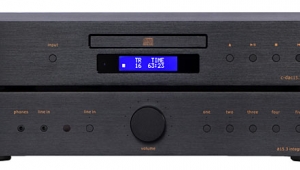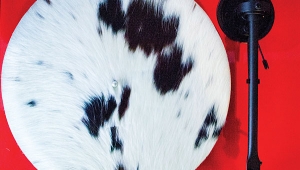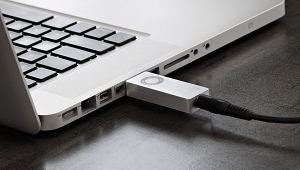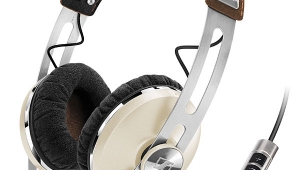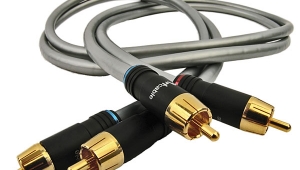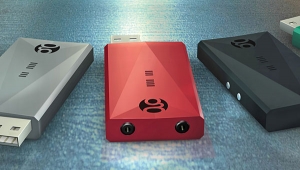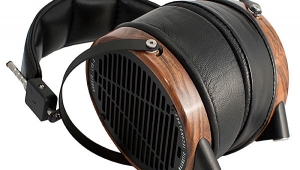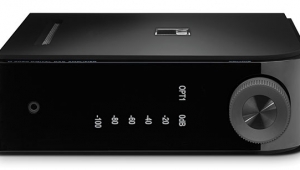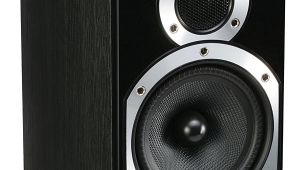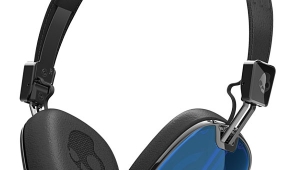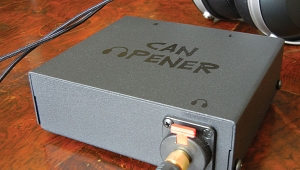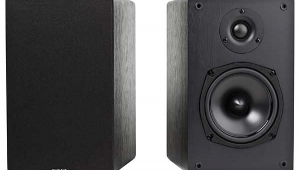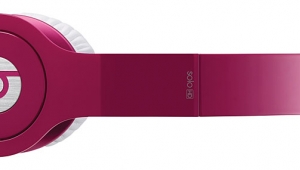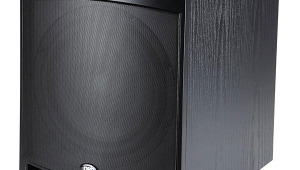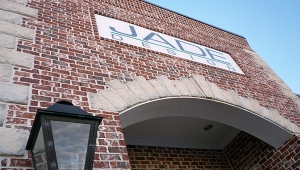| Columns Retired Columns & Blogs |
One of my first Jobs was as a Univeristy architectural Co-op student at the CRC in Ottawa, (it is actually closer to Kanata, a suburb). I remember getting a tour of the chamber you write about as well as seeing a 1 million dollar sony prototype HiDef television and equally expensive hi def vcr, this was back in the mid 90's. great read!
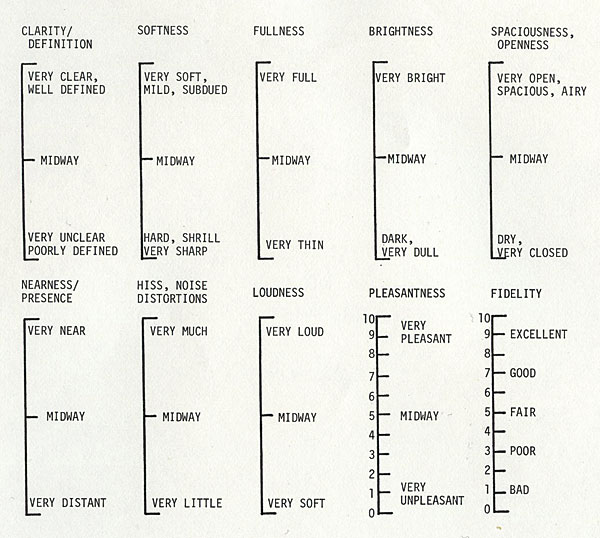
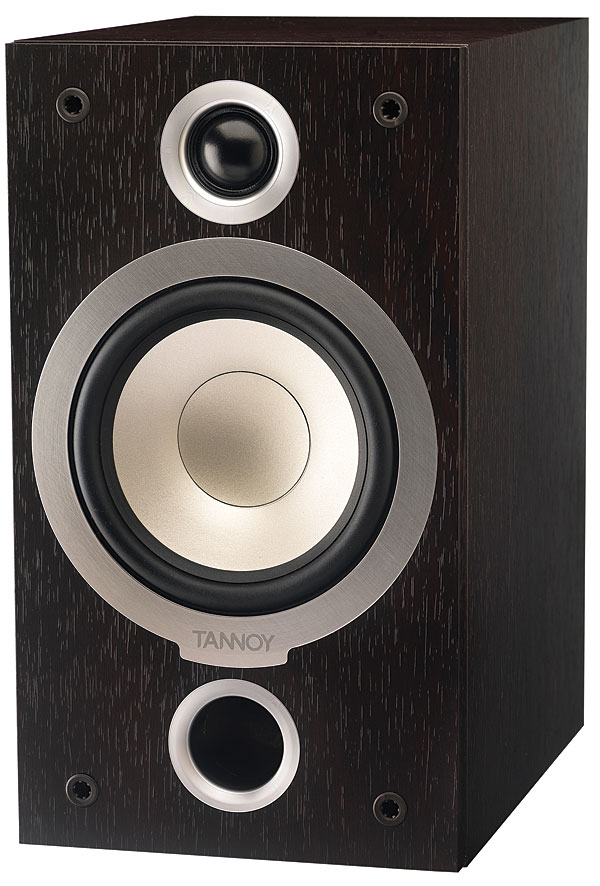
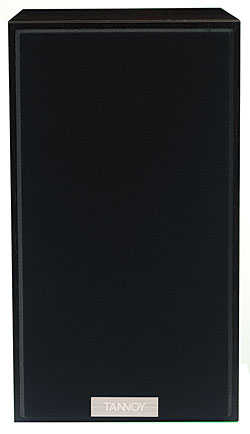 To test the limits of the Mercury V1's bass, I first turned to "Limit to Your Love," from James Blake's self-titled debut (LP, Polydor B0015443-01). Again, piano and voice sounded softer, rounder, gentler than I'm used to, but pleasantly so; and while the song's incredible blasts of low-end energy lacked ultimate weight and authority, they were nevertheless extremely well defined and remarkably controlled. However, with more rhythmically complex music, such as Nicolas Jaar's reinterpretation of Mike James Kirkland's "What My Last Girl Put Me Through" (12" single, Ubiquity UR12298), the Tannoys' taut, lean bass couldn't make sense of the groove. Here the PSBs were more accomplished, sounding altogether funkier and nastier, and creating a more involving listening experience. The Tannoys were more polite and reserved.
To test the limits of the Mercury V1's bass, I first turned to "Limit to Your Love," from James Blake's self-titled debut (LP, Polydor B0015443-01). Again, piano and voice sounded softer, rounder, gentler than I'm used to, but pleasantly so; and while the song's incredible blasts of low-end energy lacked ultimate weight and authority, they were nevertheless extremely well defined and remarkably controlled. However, with more rhythmically complex music, such as Nicolas Jaar's reinterpretation of Mike James Kirkland's "What My Last Girl Put Me Through" (12" single, Ubiquity UR12298), the Tannoys' taut, lean bass couldn't make sense of the groove. Here the PSBs were more accomplished, sounding altogether funkier and nastier, and creating a more involving listening experience. The Tannoys were more polite and reserved.

